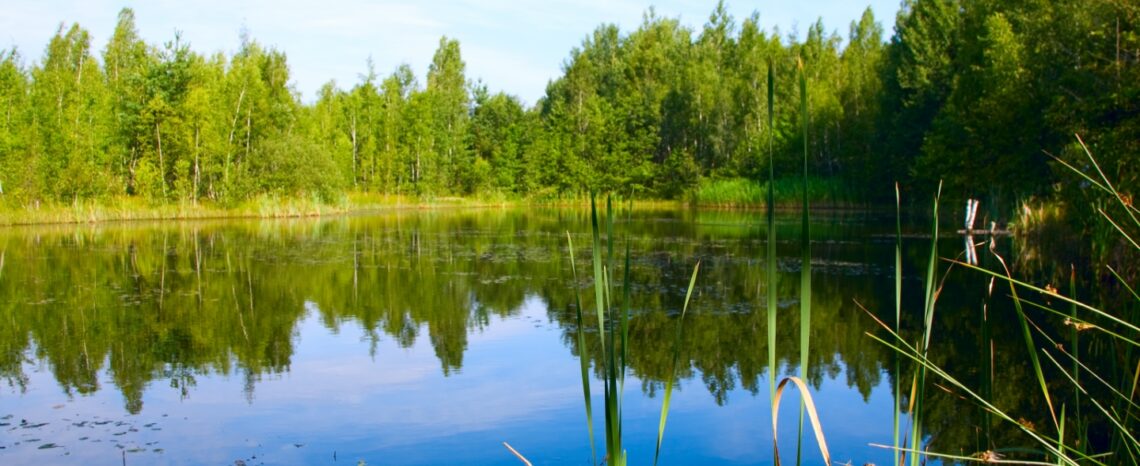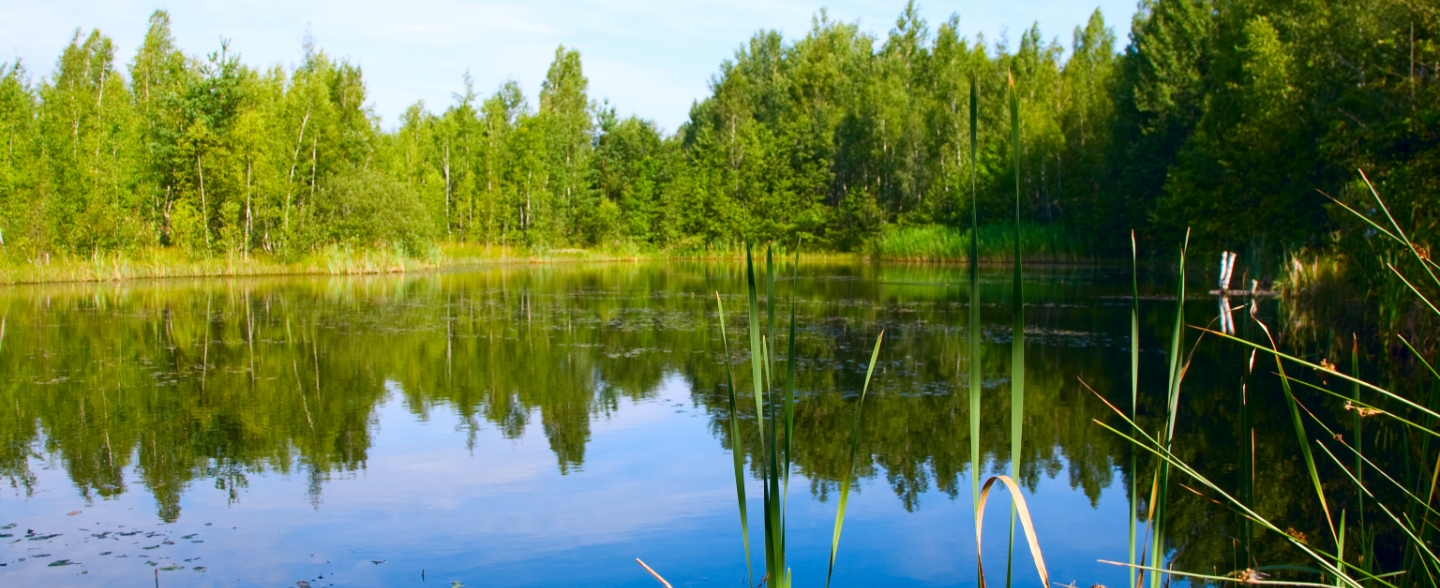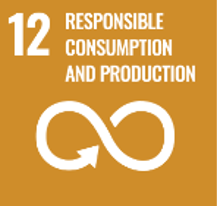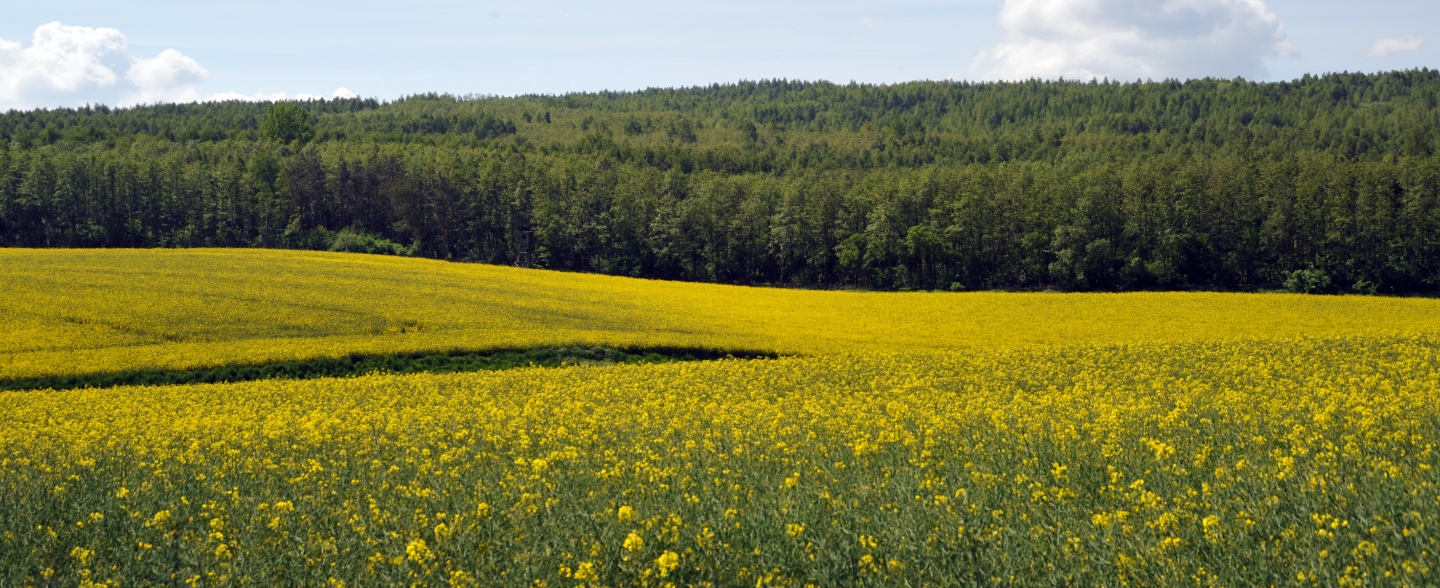One of the most important environmental protection activities carried out at PGE Group’s lignite mines is the rehabilitation of post-mining areas, which restores usable and natural values to post-mining areas and recreates or shapes new environmental features. To this end, types and methods of rehabilitation are defined and visions of the landscape after completed rehabilitation are presented.
The reclamation of post-mining areas is a complex issue, consisting of design and technical as well as biological activities. It includes the following stages:
- preliminary (preparatory) reclamation – concerns the recognition of factors determining the correct course of rehabilitation. At this stage levelling measurements are taken, mining maps are drawn up and cost and project documentation is prepared,
- basic (technical) rehabilitation – refers to macro-levelling covering earthworks, consisting in proper shaping of the heap into a system of slopes and shelves, regulation of water relations by means of hydrotechnical facilities and equipment and reconstruction or construction of access roads,
- detailed (biological) rehabilitation – concerns improvement of air and water properties of soil, elimination of its excessive acidification, supplementation of missing nutrients, introduction of herbaceous and woody vegetation recreating biological conditions of the area and protection against surface erosion,
- post-rehabilitation treatment – includes the care of seedlings and the replenishment of outcrops.
First of all, the works eventually shape the slopes and ledges of the heap, protect the slopes by controlled drainage of rainwater, consolidate the top layer of soil and protect the area against erosion, reduce the volume of rainwater runoff by increasing soil retention, improve the quality of water flowing from the heap and reduce fugitive emissions.
Bełchatów mine
The Bełchatów mine conducts large-scale land rehabilitation activities. So far, it has already rehabilitated more than 2 300 ha of post-mining land and handed over more than 1 500 ha of rehabilitated, forested land to the State Forests. At present, the post-mining areas of the Bełchatów lignite mine are dominated by the forestry direction. It can be preliminarily estimated that about 5 500 ha of the land (including protective strips around water reservoirs) will be eventually handed over for forest management. So far, the Bełchatów mine has handed over to the State Forests more than 1 500 ha of transformed forested land. As part of rehabilitation activities, more than 23 million trees have been planted on all mine sites, thus ensuring biodiversity.
The rehabilitation of post-mining areas at the Bełchatów mine is carried out on the basis of a technological project for the Bełchatów field and the Szczerców field, as well as on the basis of annual detailed technical projects for individual areas.
Góra Kamieńsk is a flagship example of comprehensive rehabilitation efforts. It is the highest hill in central Poland, 395 metres above sea level. It was formed from 1 354 billion m3 of overburden, taken off in the process of accessing successive layers of lignite. Currently, it is one of the main tourist attractions in central Poland. A ski lift, hiking and cycling routes and a 620-metre-long sledge run make Góra Kamieńsk an important point on the map of summer and winter sports enthusiasts.
The formation of a second heap, this time at the Szczerców Field, was also completed. This process took 17 years, and resulted in the creation of the “twin” Góra Kamieńsk. The heap was formed from almost 1 billion m3 of overburden located above lignite seams. Currently, the mountain has an area of 1 114 ha and a relative height of approx. 170 m.
The rehabilitation of the heap is being carried out in a forestry direction, taking into account the recreational function through the creation of forests, cycle paths, a golf course, autodrome, hippodrome and a ski slope. A photovoltaics farm will also be built at the top.
Within the area of the Bełchatów field, work is being carried out on corrections and additions to afforestation from the rehabilitation carried out in previous years. The target rehabilitation directions include:
- forest, woodland direction – internal dumps of the Bełchatów field,
- forestry, recreational and sports, agricultural (cultivation of energy crops), economic (construction of a wind farm) – the external dump of the Szczerców field,
- water direction – mining pits of field Bełchatów and field Szczerców,
- recreational and sports facilities and wooded areas in coastal areas.
Ultimately, the main rehabilitation task for the Bełchatów mine will be the water reclamation of both end pits, combined with the creation of a large leisure complex. The scale of difficulty of this project is unparalleled in Poland. Once the mining is fully completed, the Bełchatów mine may become an important place for water sports enthusiasts. Over 4 000 ha will form a reservoir on which economic or recreational and sports activities can be conducted in accordance with local needs.
In 2021, the Bełchatów mine obtained administrative decisions to recognise the reclamation as completed in forestry direction for approximately 137 ha of land in the Bełchatów field and approximately 41 ha of land in the Szczerców field.
Turów mine
In the case of the Turów mine, the rehabilitation of the external dump, which has been carried out since 1960s, is aimed at target forest management, where mining operations have been finished. The rehabilitated external dump of the Turów Mine is a forest complex of the area of almost 22 km2 which constitutes invaluable oxygen generating area of the Bogatynia municipality. It is also environmentally diversified, where habitats and ecological corridors are created (habitats of very numerous representatives of both plant and animal world, including many rare and protected species). It is the largest site of its kind in Poland and one of the largest in Europe.



In the case of the Turów mine, the rehabilitation of the external dump, which has been carried out since 1960s, is aimed at target forest management, where mining operations have been finished. The rehabilitated external dump of the Turów Mine is a forest complex of the area of almost 22 km2 which constitutes invaluable oxygen generating area of the Bogatynia municipality. It is also environmentally diversified, where habitats and ecological corridors are created (habitats of very numerous representatives of both plant and animal world, including many rare and protected species). It is the largest site of its kind in Poland and one of the largest in Europe.
The effects of the land rehabilitation works carried out contribute mainly to the improvement of the quality of basic environmental components, i.e. air, water and soil. Uncontrolled emission of dust from the heap decreases with the increase of the area of forested land. The anthropogenic forest complex formed on the external dump contributes significantly to the increase of forest cover in this industrialised region. Although the age structure of afforestation is characteristic for young forests, it is already an important landscape and climate factor for the Bogatynia municipality.
The rehabilitated external dump perfectly fits into the mountainous surroundings of the „Worek Żytawski”, which is part of the Izera Foothills. After more than fifty years since the start of reclamation work, the dump should be seen as an integral part of the entire ecosystem. It improves the quality of life of the region’s inhabitants thanks to multi-directional reduction of negative impacts of industrial activity. It also performs protective functions, including:
- prevents wind erosion (reduction of fugitive emissions),
- reduces water erosion and flood prevention through the controlled drainage of surface water made within the framework of reclamation,
- increases retention and recreational or productive function (harvesting of timber).
Drainage works were carried out in 2021. Maintenance of existing drainage ditches was carried out and new culverts and flow traps were constructed. These facilities will allow rainwater to be managed in a controlled manner, which has a significant impact on subsequent biological reclamation works.
In 2021, a wildlife inspection was also carried out on 28.5 ha of the open-pit foreground area, establishing the principles for the continuation of mining with respect to the principles of species protection for animals, plants and fungi. The necessary tree and shrub cutting was carried out outside the bird breeding season.
The result of the rehabilitation works are dynamically growing multi-species stands forming components of the forest environment, including the soil and its specific microflora and local microclimate. There is relatively rich biological life in the reclaimed land. As years go by, the colonisation by fungi, bacteria and actinomycetes increases. There is a clear predominance of forest species over non-forest species, testifying to the transformation of the forest ecosystem developing towards fertile upland forest habitats.
Over the next few months, under a signed agreement with the Czech Republic, the mine will plant additional saplings on a strip of the surface dike that will be built on the mine-Czech border.
The kilometre-long earth embankment will be planted with trees and rich vegetation.
Reclamation of waste dump at PGE Energia Ciepła
Reclamation activities are also carried out by PGE Energia Ciepła. After a landfill is closed, it is formally shut down and then recultivated in the green direction. Vegetation is introduced, grass covers and tree plantings are made. Where possible, measures are planned to restore the land to its economic function. The levelling works carried out are intended to enable adaptation of the land for various economic functions of an industrial, service or municipal nature.
Currently, there are 12 landfills in the branches of PGE Energia Ciepła with various status of operation – operational, closed – prepared for rehabilitation, as well as rehabilitated. An example of landfill restoration is the process of rehabilitation of the disused furnace waste landfill in Gorzów Wielkopolski, owned by PGE Energia Ciepła, which began in 2021. The rehabilitation of the inactive landfill of non-hazardous and inert waste will be carried out in accordance with the relevant administrative decisions and the technical design developed in this respect.


